Keepin’ it Reel: 35mm Scrapin’ By in the Digital Age
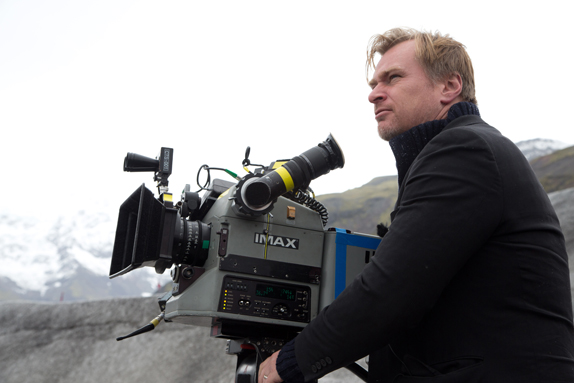

Film is dead. Long live film. After the industry hubbub preceding the release of Interstellar a few months ago who knows for sure anymore. It appears, however, the future isn’t as grim as initially feared. For those who haven’t been following this winding, unending, fascinating journey of the film vs. digital war, here’s a little catch-up of what transpired recently.
Interstellar did something unprecedented in the post-digital switchover era: it prompted some exhibitors in the States to re-install their 35mm projectors after chucking them out. This is because staunch celluloid lover Christopher Nolan decided to debut the film, shot on both 35mm and 65mm, two days early only on film. Boon for theatres who could, but the others who couldn’t were up in arms, accusing studios — who made them trash their film projectors and spend thousands converting to digital — of delivering “mixed messages”.
Of course, only a box office force-of-nature like Nolan could have pulled this off, so I’m not hopeful this will be the norm, but the strategy is an interesting development because it brings back into light the opportunity for both film and digital exhibition to co-exist harmoniously and also be a profitable venture. And hats off to Nolan and Paramount for including in the promo materials a detailed breakdown of Interstellar‘s multiple viewing formats:
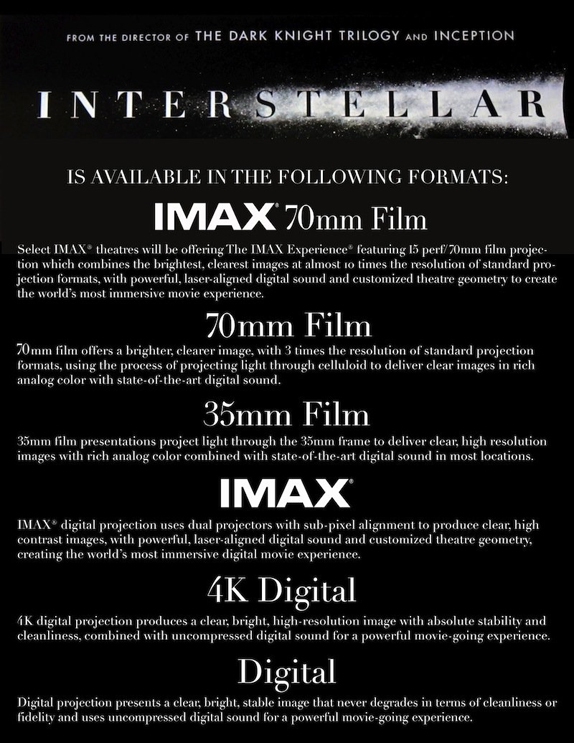
It’s more than likely the average multiplex goer won’t really care — generally audiences are about what’s happening on screen rather than what it was shot on — but it’s heartening to know there is at least a conscious move to promote this sort of technical awareness to those who may be interested.
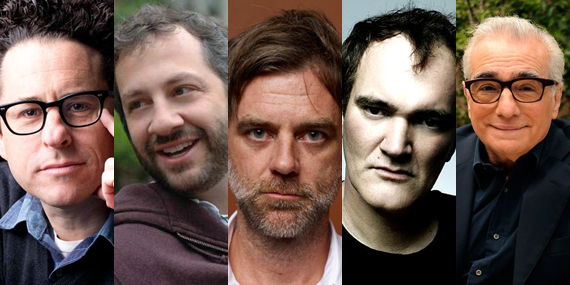
It’s looking okay-ish in the film stock production side of things too. Studios like Disney, Warner Brothers, Paramount, Universal and The Weinstein Company have formed an alliance to continue buying stock from Kodak; filmmakers like Nolan, J.J. Abrams, Judd Apatow, Paul Thomas Anderson and Quentin Tarantino still shoot on film while Martin Scorsese continues to support film as a reliable means of preservation.
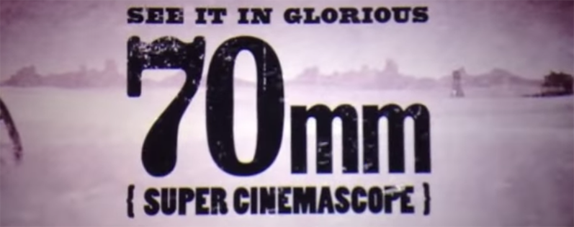
Excitingly, Tarantino’s next film, The Hateful Eight, will potentially be the widest release of a 70mm film in 20 years (whether we’ll get to enjoy that here is another matter). Maybe the most vocal, and some might say arrogant, pro-film guy in the business, Tarantino has been nothing if not bold in his stance, from repeatedly writing off digital as “television in public” to yanking out the DCP projectors from Los Angeles revival theatre the New Beverly — which he’s taken over complete ownership of — to make it strictly 35mm-only.
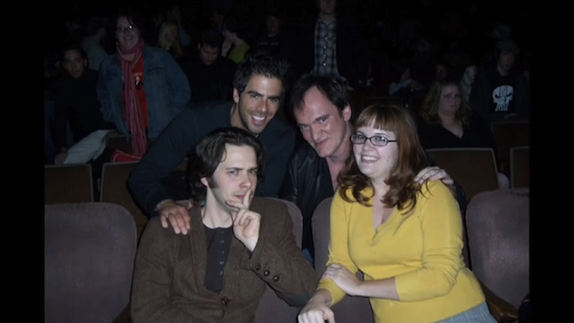
But even though Tarantino swooping in to take over the New Beverly would seem to be a positive thing, a less rosy saga has spun off the circumstances surrounding the new ownership. In mid-October, long-time employee Julia Marchese took to her blog to write about her falling out with the new management and eventual parting of ways. It’s a long piece, and I won’t go into detail, but her bitterness and frustration, whatever the “truth” behind the events may be (it smells very he said/she said), seems understandable. Marchese, after all, poured her heart into making a Kickstarter-funded documentary called Out of Print, a gushing love letter to the New Beverly and revival cinema culture. The doco’s fate was cruelly ironic: Marchese intended to premiere the film at the New Beverly on 35mm, but with everything that has happened, simply ended up sharing it on Vimeo for free (watch it here).
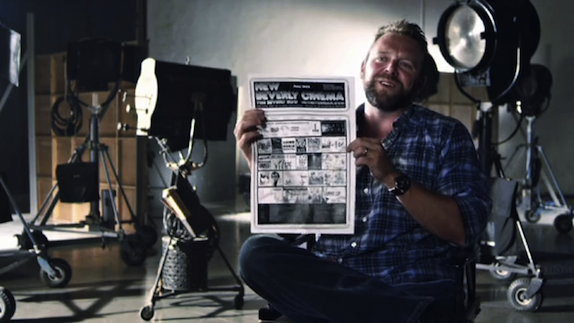
Though a fitting companion piece to Christopher Kenneally’s digitally-leaning 2012 doco Side by Side, Marchese’s film definitely has a “let’s make a doco on how great the New Bev is” kind of vibe, making its title somewhat of a curious misnomer. The first two thirds is an hour’s worth of praising the New Bev experience: the programming is wonderfully eclectic, its communal, family atmosphere is worlds away from your local multiplex, the patrons are respectful, appreciative, like-minded film nerds. Filmmakers such as Joe Dante, Joe Carnahan and Rian Johnson are on hand to lend credence and champion its repertory ethos, happily admitting they’re also just one of those nerds who grew up frequenting the New Beverly. It’s only the last third that Out of Print goes into a bit of depth on the “print” part of the title, observing the consequences of the digital changeover and how it has endangered the existence of these rep houses as studios refuse to loan out their 35mm prints.
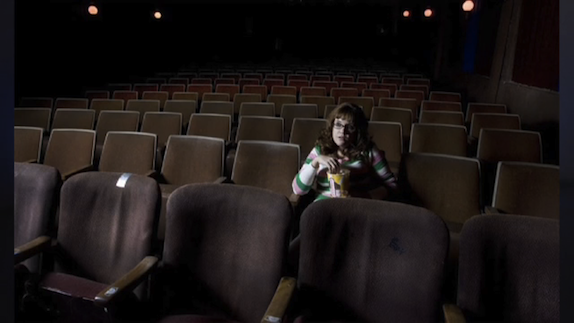
Marchese’s passion is undeniable — her heart is in the right place — and Out of Print is, for the most part, entertainingly candid (especially if you’ve ever worked in a cinema before), and contains the odd touching moment (veteran actor Clu Gulager’s story). But there is also occasionally a superior-than-thou stink to some of the talking heads, and I just can’t get behind Marchese being the director and interviewing herself too.
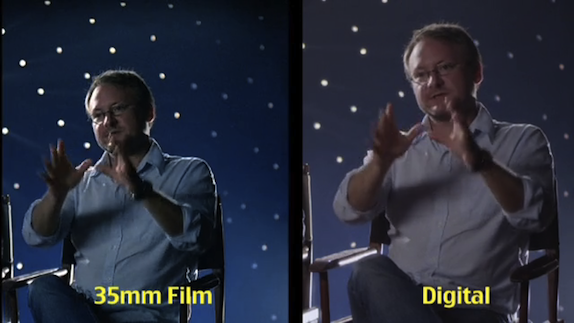
Still, reservations aside, I watched with envy all those incredible double bills the New Bev patrons have access to — since we do not currently have a rep movie house culture in New Zealand. We lack the population that would make it a viable business of any financial longevity. Auckland Film Society might be the closest thing we have, but the members-only exclusivity and its regular use of Blu-ray for projection are less attractive propositions for me. In my wildest dreams, I’d love to see the charmingly crumbly Crystal Palace in Mt Eden transformed into a theatre like Melbourne’s uncannily out-of-time Astor, where I’ve been able to catch retro screenings of films like The Train, Point Blank and The Wall in the past.
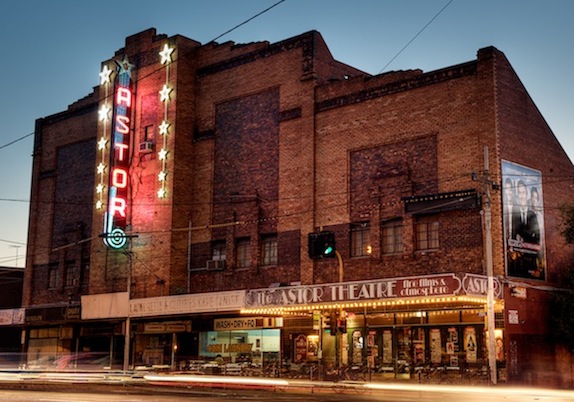
The longer I’ve been following the whole film vs. digital debate the more it seems ridiculous and unnecessarily polarising. Ultimately arguments from each side stem from the same love of cinema. It irks me when pro-digital campers can’t fathom why cigarette burns or scratches would appeal to celluloid lovers. In Out of Print, Paul Vickery, programmer at London’s rep house Princes Charles, speaks about the “romanticism” of the film aesthetic: it is a deeply romantic medium, and its associated qualities — such as having an inner life of its own — are romantic notions. I’m not saying films should look scratched up — they should look as good as they can possibly be — and I detest fake grindhousey effects as much as the next person. But what’s often lost in all the technical hooha is the consideration for the intrinsic emotional quality of film. It’s the little flaws, not the perfection, that makes it a profoundly magical and beautifully human thing.


















